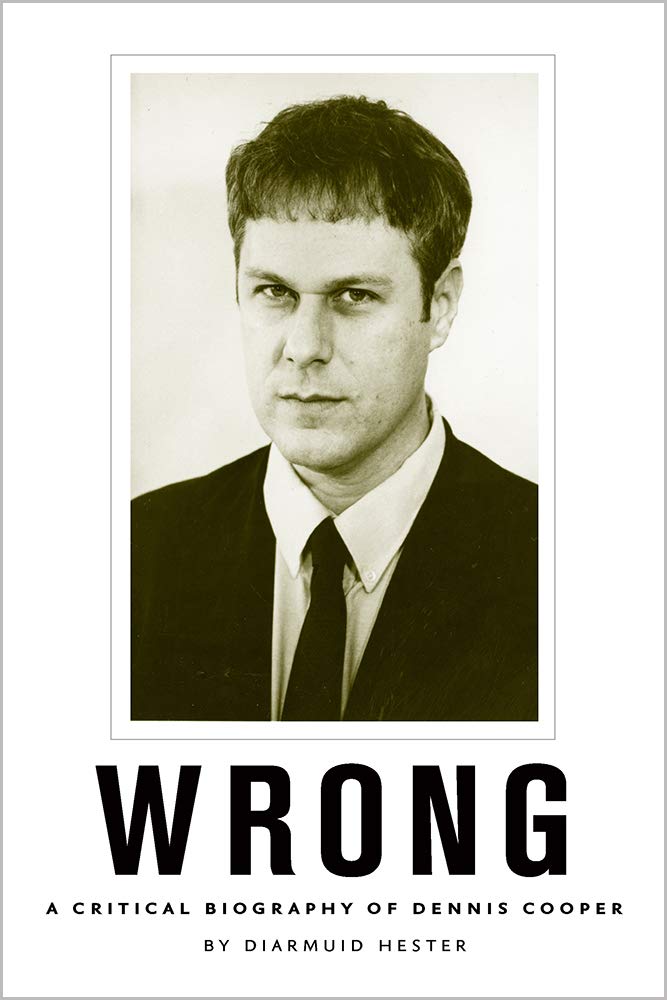* (restored)
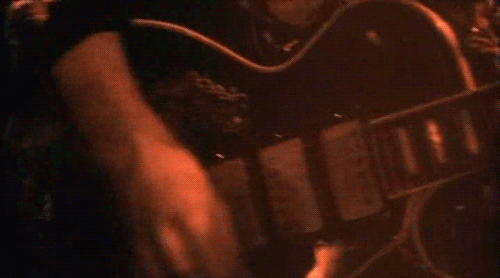
Here I am, terribly interested, attracted to something that my brother wouldn’t be caught dead with – like he threw the switch and the light went on. It never seemed to interest him – there was no curiosity about it at all. If you want the light on, throw the switch and it’s on. I wanted to know “What’s making this light light? How is the light built?” All the things that continue to expand go on to more complicated things. It’s an education – you’re striving to be informed of all this stuff that you’re curious about.
— Les Paul, interview in Tape Op #50, 2005 (reprinted Tape Op #72)
American guitarist, songwriter and inventor Les Paul was born in June 1915, and died in August of this year at the age of 94. In that time he pioneered the solid-body electric guitar, made wild innovations in the recording arts, sold millions of records at a time when , and played brilliant, inspirational guitar for over 80 years. A more detailed biography than I am able to offer can be found at his Wikipedia page and the detailed biography on his own website. There’s also a great documentary film called Les Paul: Chasing Sound! that has run on PBS and the BBC.
What I’m going to do, then, is to try and provide a looser overview of his achievements and what they meant, in the familiar D.C.’s “this is someone and this is what they did” mode. I think that Les was a fascinating character and a remarkably creative mind, and these are some of the reasons why.
1. The solid-body electric guitar
The one thing about Les Paul that news outlets consistently mentioned back in August was his role in the development of the electric guitar. His name has been attached to one of the bestselling models of electric guitar, which he helped design, for over fifty years. He is as central a figure to the history of the instrument as Leo Fender, Jimi Hendrix or Elizabeth Cotten.
The significant expression here is ‘solid-body’. Earlier forms of the electric guitar had been around since the thirties. At this time, the most popular design of guitar was the arch-top acoustic guitar, commonly referred to at the time as a ‘Spanish’ guitar. These very beautiful instruments have hollow carved bodies, like violins or cellos. They are built with painstaking care, but they aren’t terribly loud; guitarists in dance bands were frequently rendered inaudible by the rest of the line-up, which would typically include massed ranks of brass and woodwinds, and a drummer dedicating himself to being audible above them.
As such, many guitarists of the time found themselves obliged to experiment with amplification to raise their playing to audible levels on the bandstand. Electrostatic coils from telephones and gramophones were cannibalised to serve as primitive microphones. The guitar’s relatively marginal status made it fertile for new innovations in a way that the violin was not. The resonator guitar invented by John Dopyera featured inset aluminium speaker cones coupled to the bridge; meanwhile, the Italian luthier Mario Maccaferri experimented with building flat-top acoustic guitars incorporating a sort of acoustic amplifier inside the body of the guitar itself. These last were made famous by the Belgian gypsy Django Reinhardt, one of Les Paul’s enduring inspirations, seen here with the Hot Club Quintet de France in 1939:
Django himself is something of a legend. His inimitable style and swing – along with the chastening example that one of the fleetest guitarists ever recorded happened to have only partial use of his fretting hand – has inspired musicians from Les Paul and Willie Nelson to Tony Iommi of Black Sabbath.
The first archtop guitar with a built-in pickup was introduced by Gibson in 1936. Despite a $150 price tag, it was rapidly and earnestly adopted by many players of the day, including a man who has a greater claim than most to be the first virtuoso of the instrument, Charlie Christian. If you’ve never heard him before, you might want to take this opportunity to do so. This was recorded in 1941:
Art is one thing. Engineering is another. The overlap between the two is murky. So when talking about the industrial twentieth century, it becomes very hard to point to such-and-such a person and spotlight him as the uniquely responsible party. The idea of junking the carved bodies altogether and making an electric guitar out of solid hunks of wood seems to have arrived in the ’40s all in a rush, with Leo Fender and Paul Bigsby both building and selling solid-body electric guitars before Gibson did, and Rickenbacker’s prior art of the Electric Hawaiian and Electric Spanish guitars. Fender’s first solid-body instrument, the Esquire, went to market in 1950 – it would later be rebranded as the Telecaster, toted by guitarists from George Harrison to Keiji Haino – while the mercurial Bigsby never put his own instruments into any sort of mass production. But the fact remains that Les Paul had built his first prototype, a Frankenstein’s monster of an instrument he affectionately dubbed ‘The Log’, all the way back in 1940:

The key innovation of The Log is the fencepost in the middle. The hollow wings are stuck on for show and ergonomics. As Les had confidently predicted, the Log was distinctly different from the characteristics of the archtop guitars that players like Charlie Christian had been using.
In mechanical terms, the solid body is less resonant, so less of the plucked string’s kinetic energy is dissipated, meaning that the string takes longer to return to rest. In musical terms, this means that notes ring for longer and more clearly; additionally, the lows sound deeper and the highs sound higher. It’s not necessarily ‘better’ – but it’s certainly difference.
The 1940s were tough going for Les – his demonstrations of The Log met with little interest at first, and two serious accidents in 1940 and 1948 involved long periods of rest and recuperation – but in 1951, Gibson placed Les’ designs at the centre of their response to the new Fender electric guitar. The first production model was introduced in 1952. This went through a surprisingly volatile period of evolution in the six years before the ‘Les Paul Standard’ model made its belated debut. Today, 1958 and 1959 Les Paul Standards are some of the most coveted and highly-prized instruments on the auction market.
It would be another six years before the Standard became the à la mode guitar of the British blues boom. Eric Clapton played a Les Paul Standard on his hugely influential album with John Mayall’s Bluesbreakers, and this zippy little single from around that time ably indicates the instrument’s capacity for searing through brain tissue:
Clapton’s replacement, the great and enigmatic Peter Green, was every bit as capable of chilling the blood. Most commonly invoked is his instrumental “The Super-Natural”, but it’s the startling, vaguely ambivalent hush of Fleetwood Mac’s “Albatross” that I always think of first. Here, Peter’s guitar tone is soft, powerful and fluid in a way that shows another side of the instrument and a different kind of power, like Wes Montgomery heard from inside the womb. It’s as much a part of this music as Tom Verlaine’s trebly squalling or Tom Waits’ hairballs.
Awkwardly enough, by the point that the Clapton/Bluesbreakers album inspired this massive surge in interest, Gibson had actually discontinued production of the Les Paul models. The Standard had been replaced in 1961 with an all-new design introduced as ‘the New Les Paul’ until Les, who didn’t care for it, petitioned the company to take his name off it. It was subsequently marketed as the SG. Production of the Les Paul Standard only resumed in 1968, but has continued uninterrupted to the present day. Although especially popular with jazz and blues guitarists, the model’s versatility has lent itself to many musical quarters. Local heroes SunnO))) for instance. This lovely promotional photograph sees Mr O’Malley sporting a very fetching Les Paul Custom, left, and Mr Anderson modeling what appears to be a black Les Paul Goldtop.
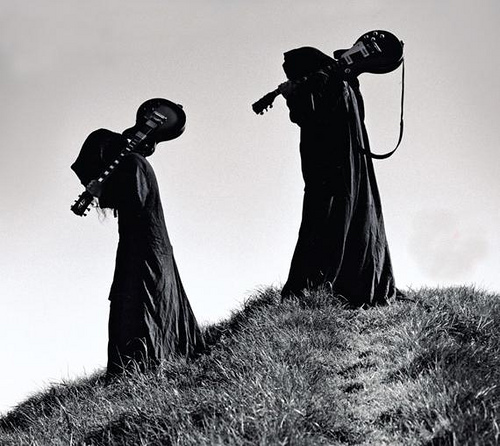
SunnO)))’s music is an admittedly extreme example of anything in particular, but it’s representative of what solid-body electric guitars make possible. Putting Charlie Christian’s guitar into any sort of high-gain amplification would result in utterly uncontrollable howling feedback (for a taster of this, check the Velvet Underground’s “I Heard Her Call My Name”, where Lou Reed’s hollow-body Gretsch squeals like a cat in heat each and every time he stops flailing at it). Those guitarists who have used archtop guitars in such situations – Larry Carlton or Freddie King, just for instance – tend to be using archtops built with solid cores, direct descendants of the Log.
In a certain sense, this is difficult to talk sensibly about. The solid body guitar is a modern archetype. It changed the course of popular music. And while I can’t respectably contend that if not for Les Paul it would never have existed, I find there’s something special in understanding that someone did have to bring it into being, not in some revelatory stroke of ingenuity, but in patient and deliberate experimentation. The imagination and the initiative to put notions into motion; without wishing to sound didactic, I think that’s tremendously important.
Before I have the chance to get carried away with pronouncements here, let’s take a look at what Les did with it himself:
2. Some really ridiculously fun music
I’ve always thought that Les Paul and Mose Allison would have made a good pairing on record, because to me their personalities and musical presences seem very complementary. Both play music with a side-of-the-mouth Damon Runyon sassiness that doesn’t quite qualify as either jazz or country, but instead creates this blithe-spirited confection of both – song and dance and answering back all at once. They don’t quite take themselves seriously, bless them. So it is that from my outpost here on Airstrip One, a decade after I first heard either of them and six decades after they began cutting records, I can climb to a high point and look out toward the north Atlantic and listen to them, and it still sounds like the future to me.
Les was gigging on a semi-pro basis from 1928 (that is, from the age of thirteen), and eight years later had migrated from Wisconsin to Chicago, where he began playing in jazz bands. It was around this time he came under the influence of Django Reinhardt’s recordings, and it’s easy to hear how Django’s cool, calm and kinetic style got under his skin. There’s the same playful, damn-right-I-went-there curl of the lip clearly audible in both men’s playing. Here’s Django again, with his tune “Minor Swing”:
Whereas here, from 1944, is Les Paul live with Nat King Cole and others at the inaugural Jazz At The Philharmonic concert, a last-minute stand-in for Cole’s regular guitarist, Oscar Moore. The whole track is a marvel, really but things really take off from about 7:00 onwards if you’re the impatient kind. Please do your best to disregard the exploding head.
However, many of Les’ biggest hits and loveliest records were cut with the radiant Mary Ford. The couple began working together in 1946, having been introduced to one another by Gene Autry, and married in 1949. Here is a video of them appearing together on Alistair Cooke’s Omnibus TV show in 1953, performing their hit record “How High The Moon”:
And here, from around the same time, is an episode of The Les Paul & Mary Ford At Home Show. The sting over the initial graphic that sounds rather like a synthesizer is another one of Les’ innovations, varispeeded guitar. This features “Alabamy Bound” and “Darktown Strutters’ Ball”:
Mary Ford’s way with a melody is one of the enduring pleasures of my world.

There’s a verve and zippiness to Les’ guitar work here that seems to prefigure Scotty Moore and the kind of chunky, clang-a-lang moves a modern ear might associate with – sharp intake of breath, teacup rattles in saucer – dirty ass rock’n’roll. This meretricious melange of musical miscegenation notwithstanding, Les and Mary hit it big and their records sold in the millions. Between 1950 and 1954 they had 16 top-ten hits, the vast majority recorded at home in their garage; in 1951 alone, they sold six million records.
Their work together is available nowadays in a number of releases of variable quality and generosity. I’ve found that the “Best of the Capitol Masters – 90th Birthday Edition” album is a nice place to start.
There’s a curiously Futurist twang to many of Les’ productions. Ever the artful and conscientious recordist, he nonetheless didn’t have access to certain devices modern studios take for granted, and so there’s a sense – especially with the early recordings, which as we’ll see later are triumphs of diligence and inspiration over diminished means – that the frequencies and levels are not quite tamed, that the overall sonic picture has a few more unburnished edges on it than we’re quite accustomed to, in a similar way to some of the BBC Radiophonic Workshop productions. Personally, I’m all for it. I like being able to feel the texture of the sound in this way. It creates a sort of dynamic tension, Charles Atlas style, between the engineering and the entertainment that provokes. Gorgeous, artful arrangements that aren’t quite allowed to turn into Mantovani anaesthetia because they’re still, when you get right down to it, garage demos.
Speaking of which, Les & Mary’s recording of “The World Is Waiting For The Sunrise” inspired this lovely Stan Freberg parody from 1952:
Les and Mary faded from the charts somewhat in the late 50s, as many stars of the firmament did around that time, and the couple would divorce in 1964. Mary Ford retired from music, remarried, and lived happily in California until her passing in the late 1970s.
For his own part, Les went into semi-retirement, although he continued to tour and record on an occasional basis through the 60s and 70s. The 1976 collaboration with his erstwhile protege Chet Atkins, Chester & Lester, is full of good humour and charming music. Illness would waylay him for most of the 1980s, but from 1994 up to the time of his death, he regularly played Monday night shows at the Iridium Jazz Club in New York City, routinely ambushing visiting dignitaries and inviting them to sit in with his band.
YouTube user trondant (http://www.youtube.com/user/trondant/) shot this excellent film of Les in situ in 2003:
Let me be in no way unclear, as the man says: I really like this music. It charms and thrills me. It occasionally stings, but lightly. It has nothing directly to say to me about class consciousness, wanton romantic despair, or all the other egregiously fraught personal bullshit that I have a wen to frame my chosen entertainment inside. So for the while that I am listening, all of those things cease to matter, for which I am very thankful.
The rest of the world is full of certainty, and I alone am tentative – or so it seems to me, and this, of course, is the rub – but for the time that I spend listening, the two of them, Les and Mary, are altogether themselves and having a conversation with me, and I am entertained and consoled.
Maybe this is rather a lot for me to read into twangs and clangs, but it seems to suit me fine for now.
There’s no time that I don’t learn, with the worst and the best. I don’t even know that there is such a thing as the worst and the best. I just feel as though everybody has a gift, everybody has something to say, and there’s some good in there if you look for it, right? When I dial that radio, I may listen to Jimi Hendrix one night, the next night I’m listening to Segovia, any one of them can get me fast, because they play things that are terribly interesting. […] It’s actually a pleasure that we can play – what other occupation can starve so pleasantly? [laughter]
–ibid.
3. Sound-on-sound and multitrack tape recording
Up until recent times, most of the records that you know and love were made on magnetic tape. This itself was a recent invention. Startling as it sounds, before 1948, all recordings were cut direct to acetate. (Not that I profess to understand exactly how, but here’s a 1942 documentary on the manufacturing processes of shellac 78s). Even Hugh Tracey, who as an ethnomusicologist making field recordings in southern Africa faced tougher working conditions than Phil Spector’s tape op, had to use a clockwork recording lathe (towed on a trailer behind his truck) that cut audio directly into aluminium plates.
Magnetic tape had been successfully patented in 1928 by Fritz Pfleumer but it wasn’t until the late thirties that German company AEG successfully developed the world’s first reel-to-reel magnetic tape recorder. It wouldn’t be until the late forties, however, when Jack Mullin personally liberated two AEG tape recorders and fifty reels of tape from a German radio facility and hauled them back to the USA, that the technology could really take off.
Not that Les had sat around waiting for any of this to happen. By 1948, he had already developed and released a rendition of “Lover (When You’re Near Me)” recorded in his garage using a recording lathe that he’d designed and built himself (key components, he tells us, included a Cadillac flywheel). Here it is:
This finished product is the outcome of a fantastically precarious process that I will now attempt to describe. Les would play the first part, recording it direct to acetate. Having done that, he’d remove the acetate and place it on a turntable. He would then play the first disc back on a turntable while playing a new part along with it, recording the commingling sounds of both onto the new acetate. Repeating this process would add more parts..
Les would develop a variation on this demanding technique in the early 50s when he acquired his first open-reel tape-recorders, but that would introduce problems all its own. On the tape system, each new edit – each addition – was destructive. There was no erase or undo button in the event of a screw-up. Neither had been invented yet. As Les puts it in this clip from the (excellent) Les Paul: Chasing Sound! documentary film, “you’re burning the bridges as you go”:
Throughout these restless experiments and throughout his life, Les’ relationship with technology seems crucially playful. The varispeeded guitars on ‘Lover’, for instance, were achieved by cranking his cutting lathe to run at half-speed while recording, meaning that when the acetate is played back at normal speed everything sounds twice as fast and correspondingly higher-pitched. Familiar to anyone who ever put a record on a turntable at the wrong speed, it’s the same stunt that Ross Bagdasarian used in the late ’50s to create the Alvin & The Chipmunks records.
Here’s Les again:
“In 1932 in Chicago at WBBM, the sound effects guys were working on thunder. They took a phonograph pickup, took the needle out and put a spring in, let the spring dangle down. They hit it with a tymp [tympani] stick, with the cotton ball on it, and it’d go boom, like thunder. It was great – you could control it. Then the other guy says “What happens if you put a pickup on the other end of the spring, and feed that back in?” And they got this reverb – the spring reverb was born. The echo, the delay – the first thing was the delay, phase, all those things came about first with disc-to-disc. And all I did was put the playback head behind the record head [on the tape recorder] and I had “hello-hello-hello,” the repeat. That was the thing that I wished to create, which was a type of ambient sound.”
(This mechanism Les describes here was the principle behind all the echo units marketed through the 60s and early 70s. When the psychedelic thing hit and sensory distortion became the in thing from way out, such devices would swiftly become ubiquitous. Terry Riley constructed sound-on-sound pieces like A Rainbow In Curved Air using a similar tape machine set-up to Les’; a few years later, Brian Eno and Robert Fripp would demonstrate ‘Frippertronics’ on their No Pussyfooting album. Later on, electronic translations of this effect would be developed by companies like Roland and Electro-Harmonix. Guitarists like Bill Frisell, John Martyn, Vini Reilly and the Edge have placed its shadowy potential at the heart of their styles.)
Throughout the 1950s, Les worked closely and consistently with Ampex on designs for some of the first professional tape recorders. In 1953, Les had given Ampex the commission, if not necessarily the idea, to build the world’s first eight-track tape recorder, unofficially dubbed the Octopus. Distinct from the machines he’d modified to produce his hits with Mary, this monstrous contraption was the horny-hewed ancestor of the multitrack machines used to record essentially everything from around 1958 onwards to the present day. But what does that mean?
The musicological implications of multitracking are basically these:
(a) you don’t have to record an entire performance all at once
(b) you can build up entire pieces from individual parts, one-at-a-time
(c) you can record a particular part in isolation from everything else, ostensibly getting a ‘clearer picture’ without the overspill of the drummer or the brass instruments; each instrument, perhaps, gets its own strip of tape …
(d) … and having assured yourself of (c), you can go on to do post-processing of it – distort it, put effects on, cut the midrange, drop the bass – without affecting anything else on the recording.
In summary: the world explodes. The extent to which this allows one to make ‘better quality’ recordings (hi-er fi, if you will) is as eminently and mind-numbingly debatable as the definition of ‘quality’ itself – Les himself seemed a little ambivalent about this – but I take full responsibility for venturing the opinion that this was the critical breach, the exact point at which sound recording ceased to be purely documentary and began to become an imaginary art as well as a science. (Not that this is an unambiguously good thing, necessarily, but even so…)
As an example, think of a record that might be incredibly meaningful to you: let’s say for instance that it’s one of my favourites, “Tractor Rape Chain” by Guided By Voices. Now, I have to admit that I don’t have the slightest notion what that song is literally ‘about’, but I know the consistent, reproducible feeling I get when it comes on. I observe things with a piece of music I really bond with: the shape of it, the texture, the curves and vertices of its form. (I don’t think I’m unusual in doing this, either, except in terms of a wont for expounding on it at length.) So with this song, I notice that exact and particular way that Robert’s vocal sits in a subtly echoing place of its own that it doesn’t share with anything else on the recording. Or how about the way that when they get to the chorus, one of the two rhythm guitars abruptly quits as if someone threw a switch, suddenly making the whole song feel like it’s lost twenty pounds and lined up a date for the evening into the bargain.
This kind of direct manipulation of apparent space and time relies for artistic impact on contrasts, which wouldn’t be technically possible without multitracking. So no Anthem For The Sun; no World of Echo; no The Black Saint and the Sinner Lady; no Secrets From The Clockhouse or Cut or Love’s Secret Domain or America Eats Its Young. It wouldn’t necessarily be a better or a worse world, but it’d be very different.
This said, in all earnest acknowledgement, multitrack tape recording is the kinda thing that someone would have come up with sooner or later if Les hadn’t been there, or had been doing something else. However, people don’t tend to spontaneously emit new technology, unless they’re Nikola Tesla. The material of what passes for human progress, it seems to me, is one big mess of endless machinations and derivations and re-derivations and screw-ups and the occasional complete fluke, but Les had the imagination to consider “what if…?”, and the persistence and initiative to go and find out how the what might come to be an if:
“Made some noise – sang into it, played into it – first record, it’s out there, it’s recorded, I went crazy. I could hear what I was doing and even though it wasn’t great fidelity, it was there. The regular steps that anybody would take that’s interested would be to improve upon it. So the next thing to do is get a microphone. The guy says, “You mean a transducer.” So I learned the word. And it was just a thing where, as a little kid you’d say, “I’ve got a problem and there’s something out there that can solve the problem.”
4. Unverifiable personal testimony
In the late 80s, when my father had just about recovered from the cancer that had almost killed him, he took up the guitar again. I was around eight or nine years old (I’m now twenty-eight). After a year or so of strumming a Hohner classical guitar, Dad decided he would get himself an electric guitar and saved up and bought a Les Paul Standard.
Treacherous memory tells me that we didn’t really have furniture as such in our house: there were seats and surfaces and tables and things, but I don’t think it’d ever before occurred to me how beguiling an inanimate object could be. It looked like this:

I could – and, as I recall, did – spend hours gazing at it while he played it, seeing the body catch light in its glossy coat, seeing how burgundy stain bled into a honeyed glow beneath the pickups and bridge, and listening to him run through the changes to song after song, most of which I’d never heard in the original and several of which I still haven’t. In primary school music lessons (third grade, I think) I’d begun to play the descant recorder. Thus equipped and reading the top-line over his shoulder, our moody rendition of Traffic’s “Forty Thousand Headmen”, had it been recorded, would surely have been a breakout smash all over the world.
I remember looking at the headstock, which has Les Paul written on it in gold script, having no idea it was a Person Name rather than a Thing Name, and vaguely wondering if it was French, and thinking that ‘Gibson’ didn’t sound particularly French, and if it was French, why was it a plural noun? If it was a plural noun? (Already the academy had lost me to rock’n’roll, see. It happened that quickly.)
These evenings made me want to play guitar myself as much as I’d wanted to do anything, and I took it up myself in the next few months. My guitar for the first two or three years was the reassuringly cheap Hohner classical guitar passed down to me. I played it until the grooves in the nut at the top of the neck had worn away, and then got Dad to help me make a replacement with a vise, a file and a hacksaw.
Generally speaking, there are only two vices that teenage boys indulge in when left alone in the ancestral pile, but I had a third. When I was alone in the house I would sneak into my parents’ bedroom and look at the Les Paul. The guitar case had a combination lock on it, and I spent months trying to figure out the combination. It got so that the smudgy fingerprints put him on to me, and he started resetting it regularly. But I’d got the knack, or thought I had, and he got tired of changing the combination before I got tired of figuring it out. The lock kicked like a mule when I finally got it right. THONK!
I looked down at the guitar, resplendent in hot pink fur, and went and put a hand around the neck. It was sufficiently snug in its case that I had to tug it free. It was amazingly heavy. Talk about feeling fateful. It might as well have had an Once And Future Dickhead inscription somewhere: whosoever draws this guitar from this guitar case shall probably get caught red-handed playing along to ‘Starship Trooper’.
In the fullest flush of youth, my favourite music in the whole world at that moment was ‘The Yes Album’ and Frank Zappa’s ‘Hot Rats’, and I couldn’t play a damn thing off either of them. Knowing some scales would probably have helped. But surely this thing, the Grail of Sounding Decent & Being Able To Bend Strings, would make all the difference…? Reader, it is not something I am commonly disposed to do, but I cannot be certain that I did not micturate.
Well, no. I couldn’t play the thing halfway decently, of course. It kept pulling itself out of my lap. They’re really built to be played with a strap, even sitting down. With a Fender, which I was a bit more familiar with because a friend owned one, you can balance it right there on your leg and go to town. With a Les Paul, all that maple and mahogany will pull the backside of the thing over your leg and off into the great beyond. All in all this badly freaked me out and after a few minutes I ended up putting it back in the case pretty quick before I could bust it and turn it into just another imaginary thing in the world, patched together from parts that didn’t matter.
Patched together … well, quite. Our understanding of where we came from appears to fragment as we get older. Memories seem to lift away from each other along associational lines, like screen-printing in reverse. I think it’s probably something to be thankful for – every month and year a careful step away from the annihilating totality of childhood emotion – but I digress. What I mean by this is to say that when I think, now, twenty years later, of basking in the presence of that guitar, I don’t remember how lonely I felt in our home, or how completely at a loss I felt at school with anything like an everyday social situation. But I remember hearing my father strum through “Pictures of Lily” by the Who, singing it in our front room as I did my arithmetic homework, and vaguely wondering how pictures of a woman could make the person in the song feel better. I remember this one blues figure in B minor that he’d learnt from a cassette tape that actually had bent strings in it, and seemed to wander all over the neck like it owned the place. I remember him never quite getting “The Wind Cries Mary” right (because it had an E flat chord in it), and that it didn’t matter. I feel very fortunate that my memories of growing up are coloured by these things.
I’d still recommend learning an instrument, or at least screwing around with one, to anybody. Making yourself available to music – the same goes for any creative force, but this one was mine – seems to do things that are uniquely and distinctively useful in the business of being a human being. I’m very grateful, as I am grateful that the music Les and Mary made is available to me, affording what it does in the way of grace, good humour and judicious amounts of cornball pizazz.
I suppose it might have worked out much the same way if Les Paul hadn’t done the things he did, and perhaps my Dad would have bought a Telecaster instead and I’d have gotten here in one piece after all. But he, Les, did, and he, my Dad, didn’t, and I, myself, have.

(There are many like it, but this one is mine.)
—
Further reading:
Les Paul’s Wikipedia page
The Gibson Les Paul’s Wikipedia page
Les Paul & Ampex by George Petersen at Mix Online
The Les Paul: Chasing Sound! website
Famous users:
Jimmy Page Talks About His “Number 1” 1959 Gibson Les Paul
Peter Townsend plays his
Steve Jones played a “Gibson Les Paul Special Double Cut” in 1976/77
John Lennon
Me And My Guitar interview with Ace Frehley
Bob Marley
jeff beck les paul guitar tone
Mick Ronson Talks Trademark Tone
Johnny Thunders
Peter Green/Fleetwood Mac
Mick Jones/The Clash
The Exemplary Firebird Pickup Tones of Neil Young’s ‘Old Black’ Gibson Les Paul
Frank Zappa
*
p.s. Hey. ** Barkley, Hi, Barkley! Awesome to see you! Thanks so much about ‘I Wished’. That’s so good to hear. No, I’m still ridiculously depriving myself of a Switch fearing I’ll never get everything I need to get done if I have that item to spend all day every day playing with. Some kind of wannabe monk thing or something. But the nudge will help. How are you? I hope you’re extremely great. ** Dominik, Hi!!! I know, it was like a whole book of poems. Speaking of, I hope your yesterday love starts filtering your in-box. Ouch. Love submitting a poem to SCAB that starts ‘spring is here, and it seemed like a perfect time to slaughter every twink in sight, so…’ (not a good poem, but at least it would be more fun to reject), G. ** Shane Christmass, Hi, Shane. I’m in the pro- ‘Serpent/Rainbow’ camp too. Thanks for the link. Cool, I’ll go imbibe that first chance. ** Misanthrope, Not hating is definitely an important part of writing something. Well, I guess unless it’s a love/hate thing. That can work. MFA-ish? Eek. Okay, I’m going to trust you on that, buddy. ** David Ehrenstein, Mm, that’ll help, but Macron is not a wildly popular guy here. It’ll be another lesser of two evils kind of thing. Craven’s early films aren’t bland at all. Yes, I skipped including the Meryl Streep film. Didn’t want to tarnish his legacy. ** _Black_Acrylic, I never saw ‘The Runaways’, but I love The Runaways themselves. And I like Dakota Fanning. Cherie was in a couple of quite good B-movies back in the day. ‘Foxes’ is a good one. ** T. J., Hi! ‘Nightmare 3’ is my favorite of them too. High five. Really nice viewing session you had there, obviously. Agree about ‘I a Man’. I haven’t seen that Antonioni, which is weird. Huh. I’ll see if it’s lodged somewhere that I can access. What’s going on with you otherwise? It’s raining here, but what else is new. ** Bill, Thanks! Yeah, I was sure I had done Craven, but then I searched the archives to be sure, and he had somehow slipped by. Good old Eugene Robinson. And, yeah, the Bunuel album is really raucous and fun. ** Steve Erickson, Thanks. Ah, I’ll tone down whatever curiosity I had about ‘Rock Kids’. Thanks for heading me off at the pass. Congrats on the radio play! Now you can tell the requisite ‘first time I heard my song on the radio’ story to your future biographer. ** Rafe, Hi, Rafe. Unless I’m crazy, you’re in for a serious treat with ‘The Book of Lies’. Let me know what if anything it did for you. Glad the gig was of interest. I saw two of the ‘Scream’ movies, and, in both cases, I thought they were kind of interestingly clever, but also kind of annoyingly so, and I didn’t really come away with much of anything positive. Some people seem to especially like #4. Thanks about my Friday, and, naturally, I hope yours is fucking electric! ** Okay. Here’s another restoration from the old days made by yet another lost d.l. of this blog’s earlier incarnation, this time a kind of overview of and paean to the great guitar auteur Mr. Les Paul. Have fun. See you tomorrow.


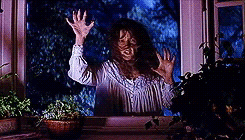
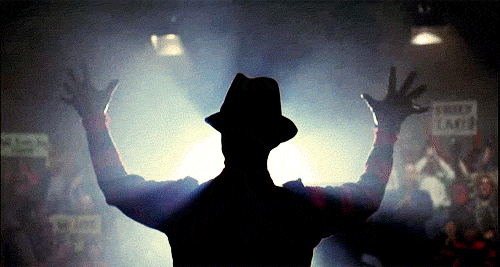
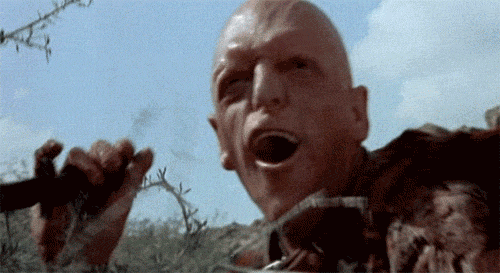
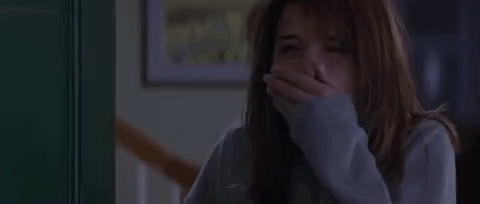
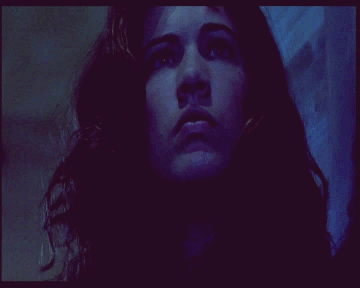
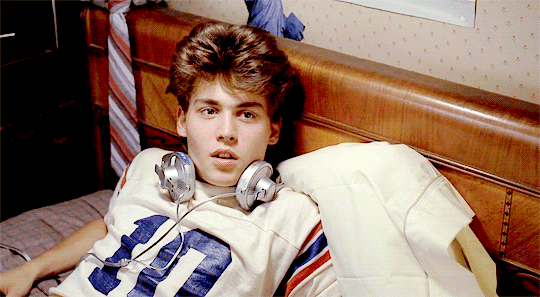
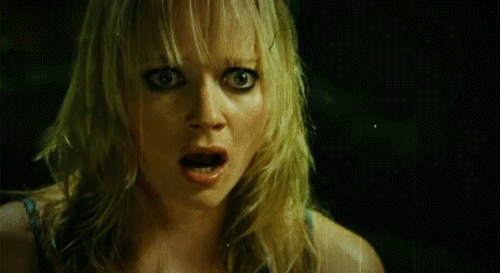
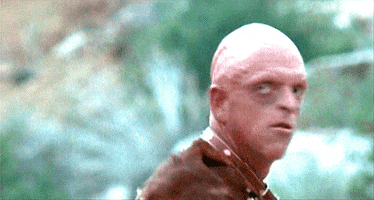
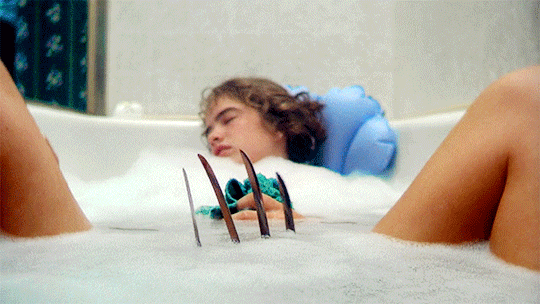
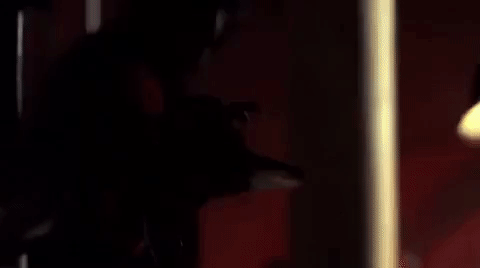
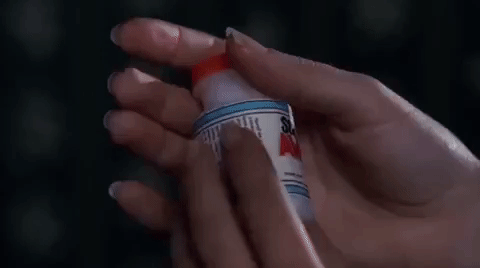
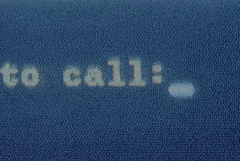
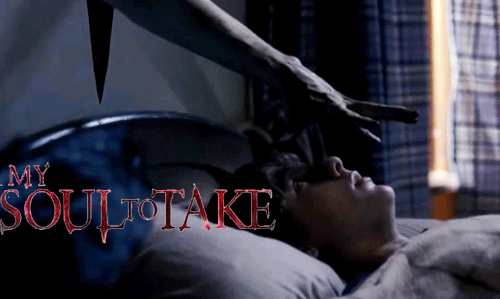
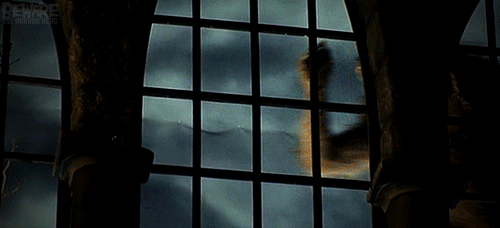

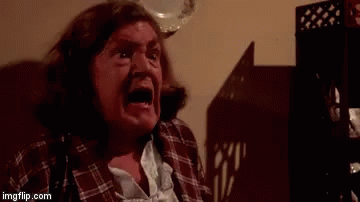
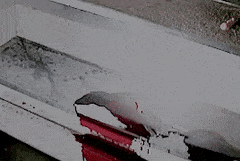

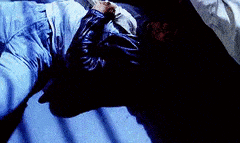
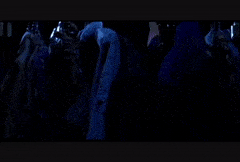
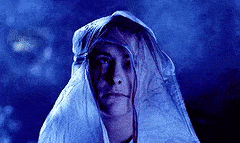
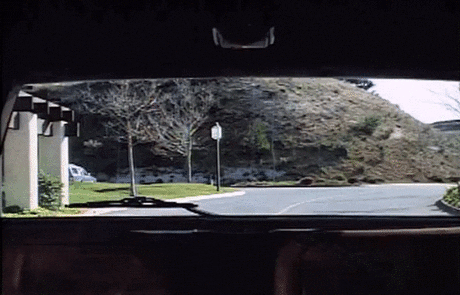
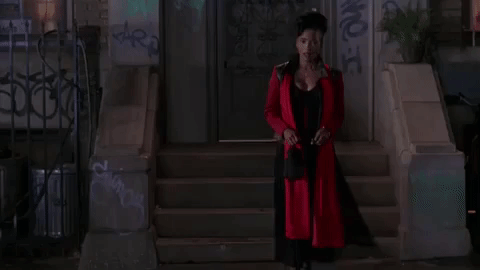
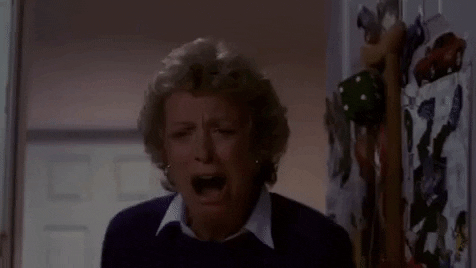
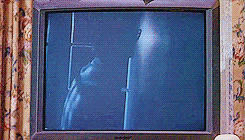
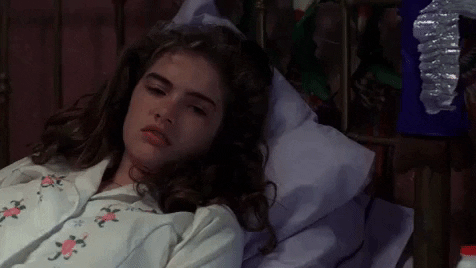
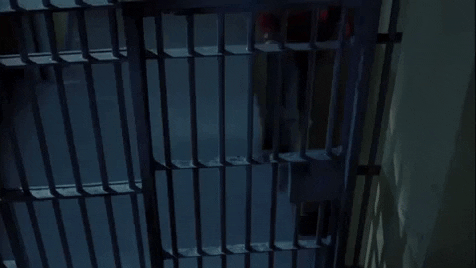

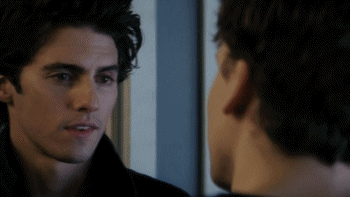
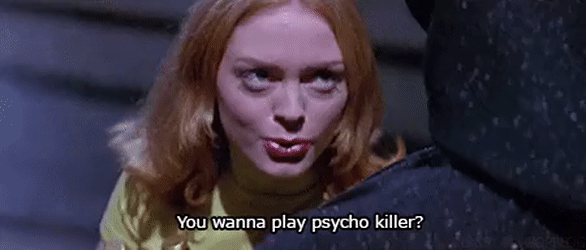
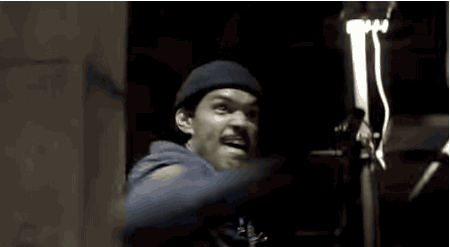
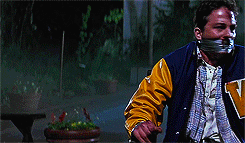
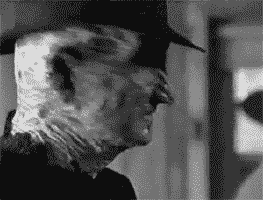
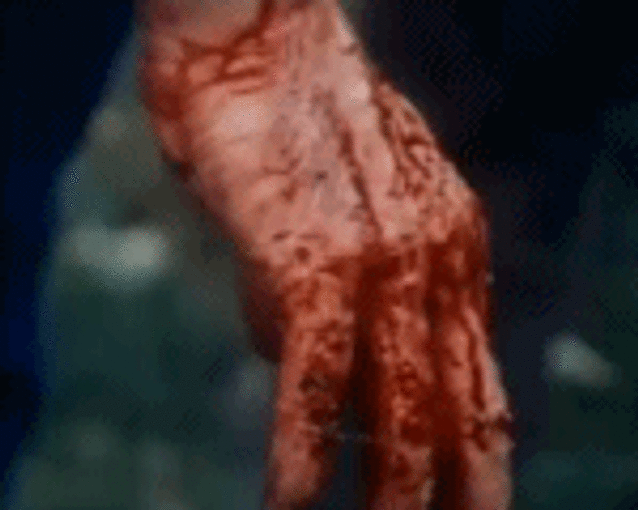
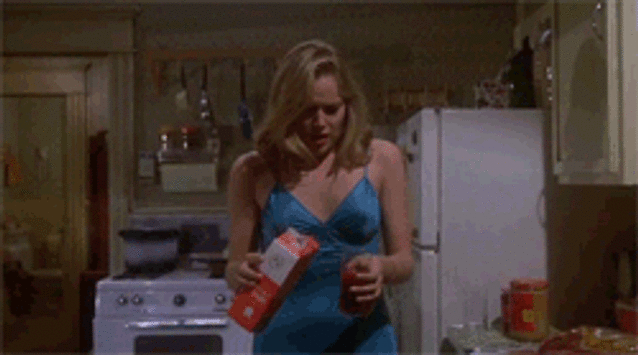
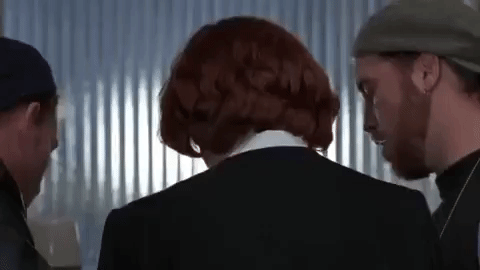
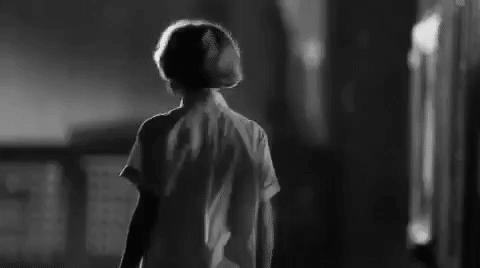
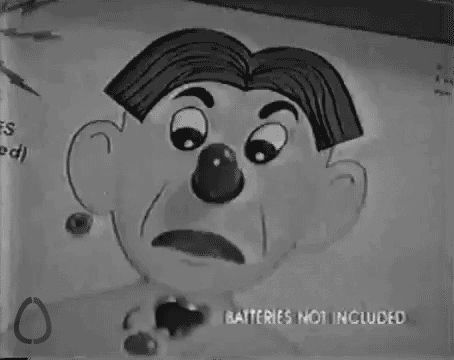
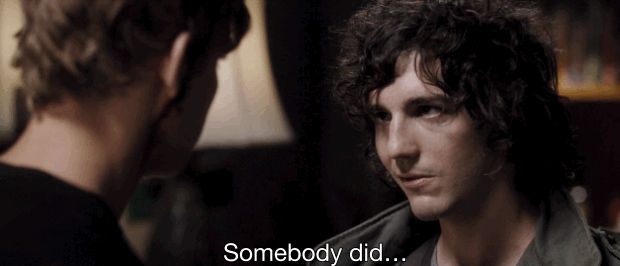
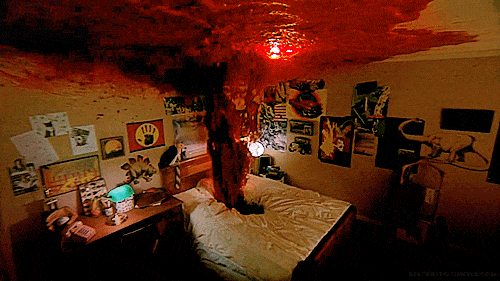
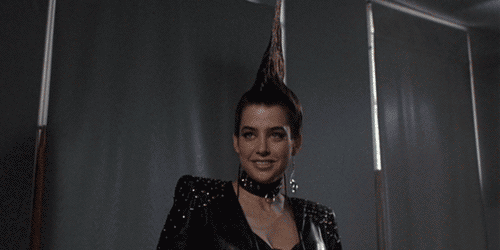
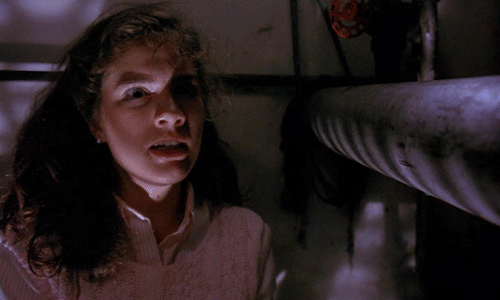
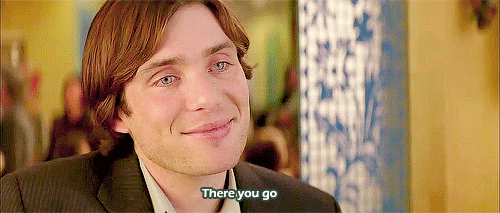
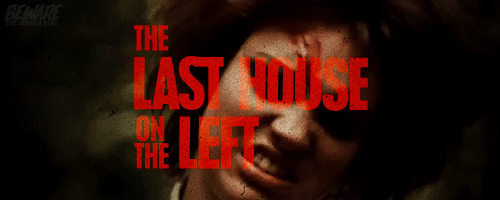
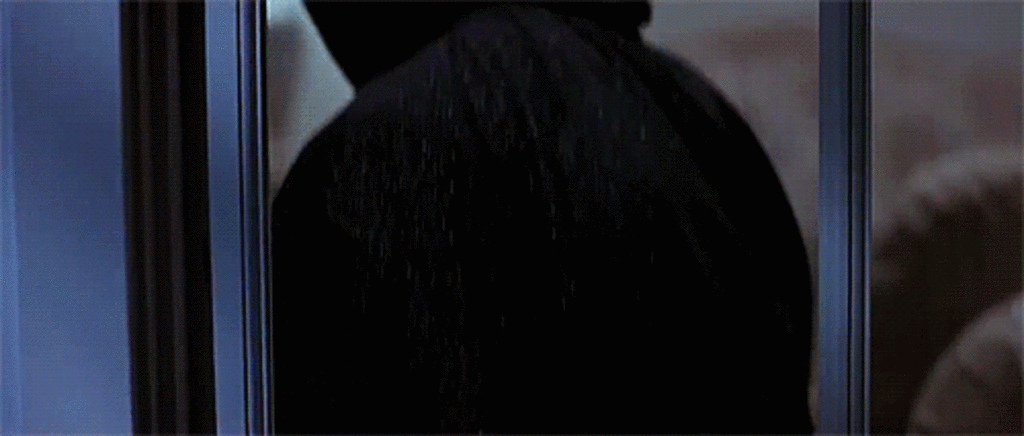
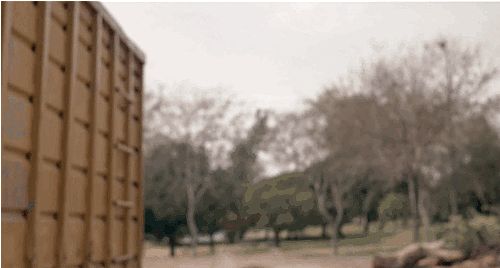
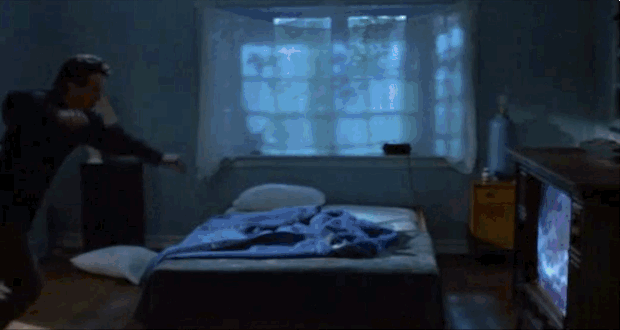
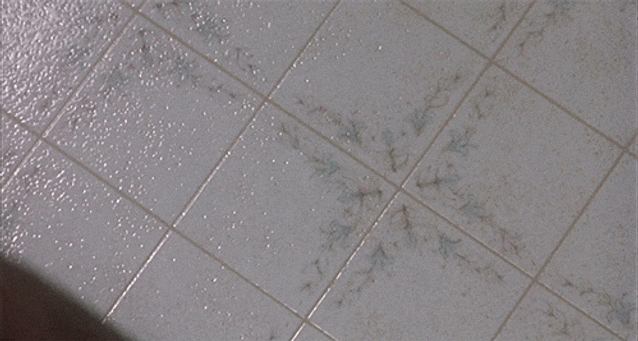
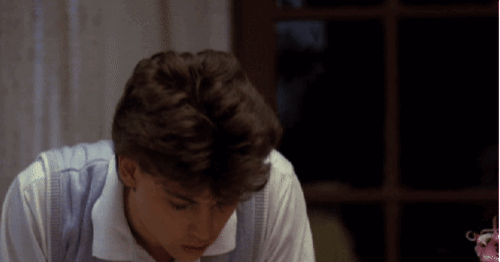
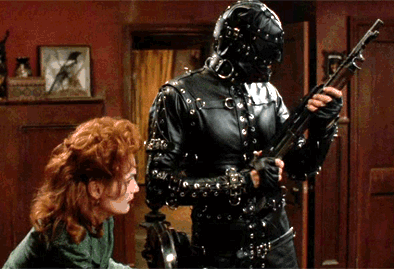
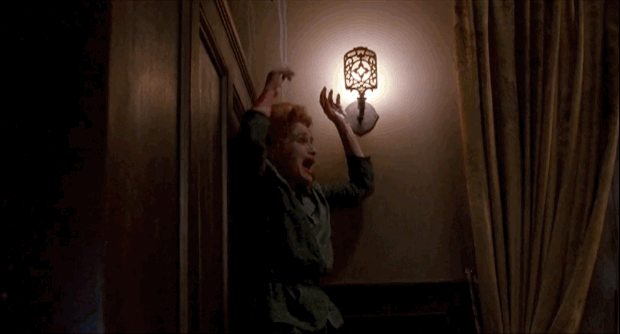
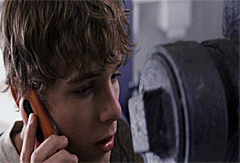
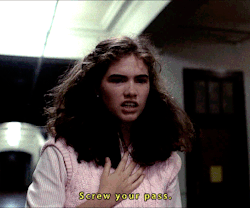
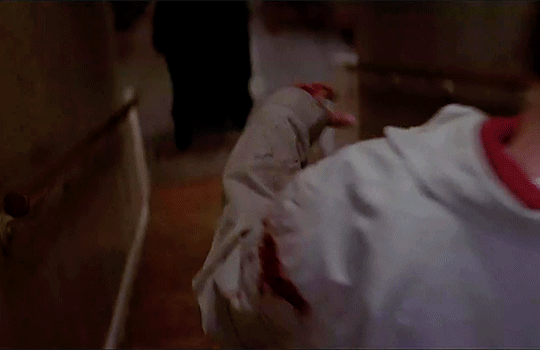
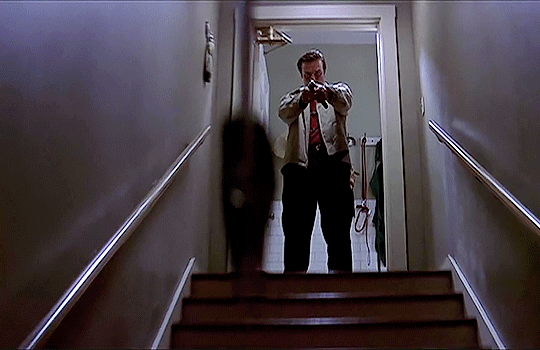
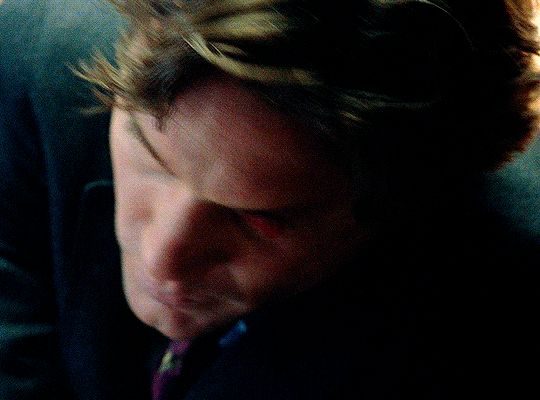
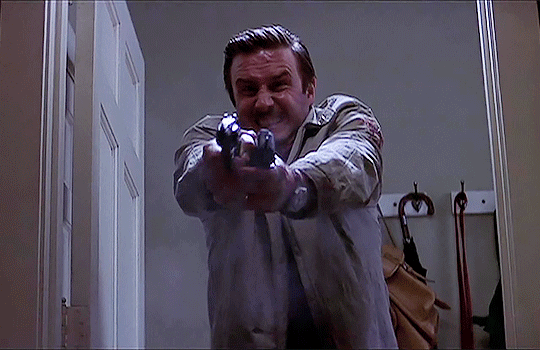

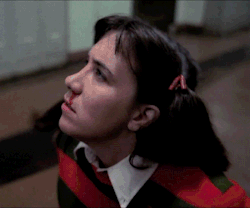
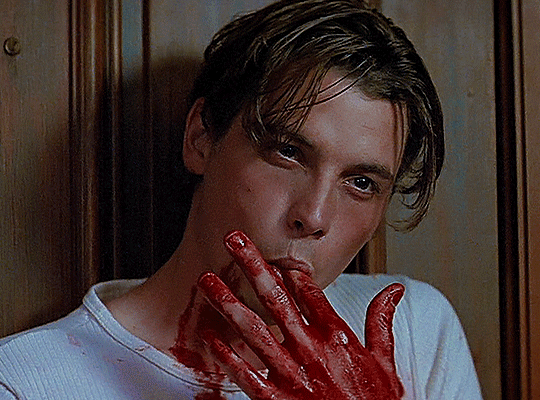
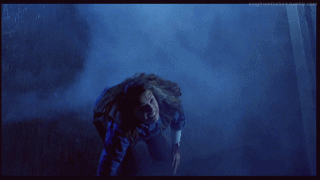
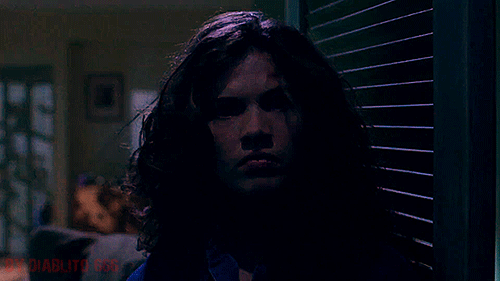
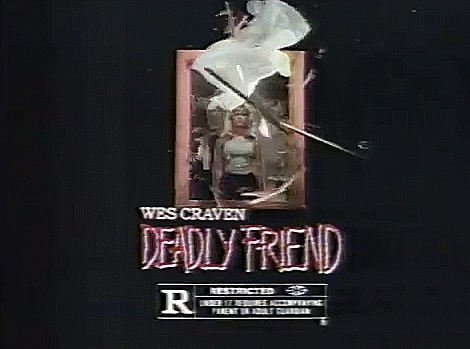
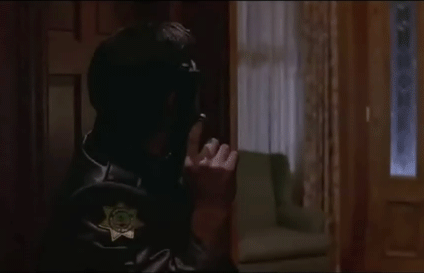
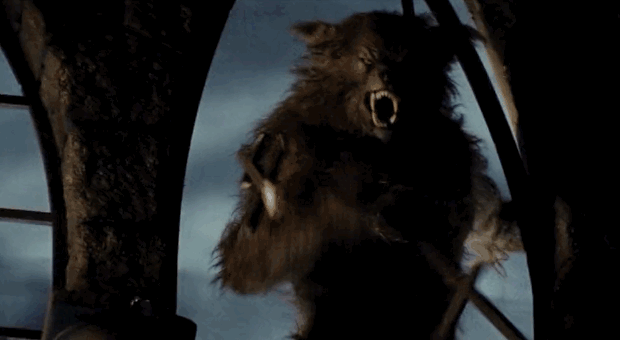


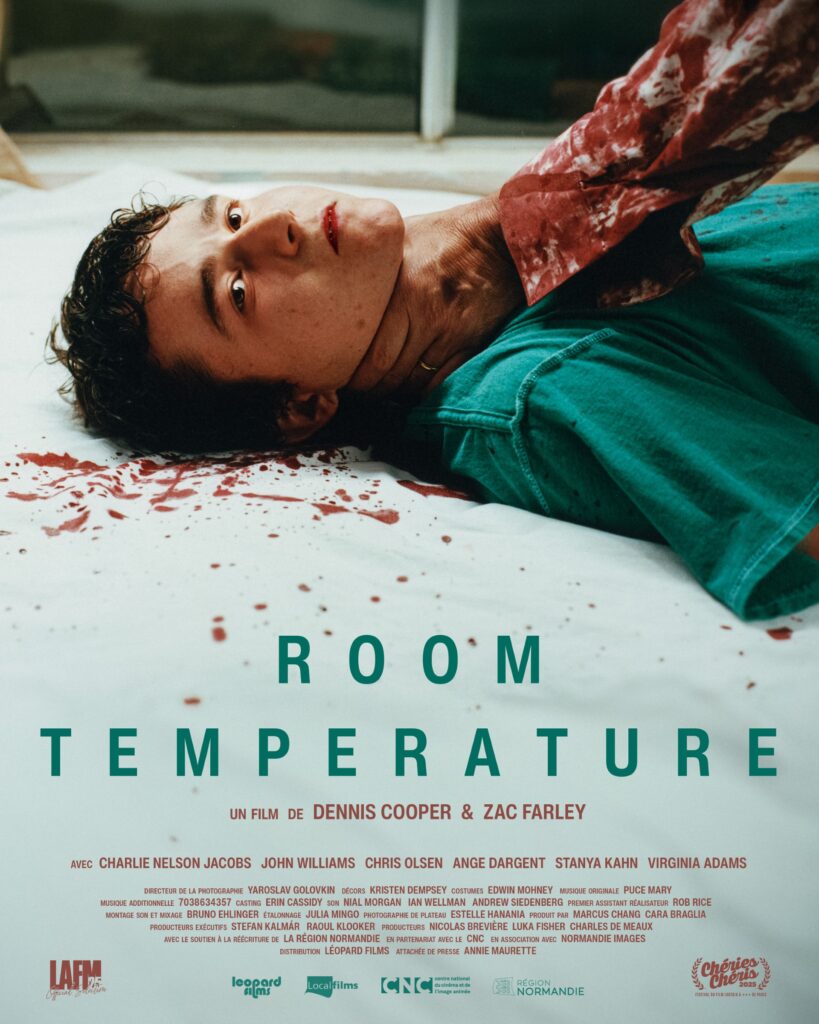

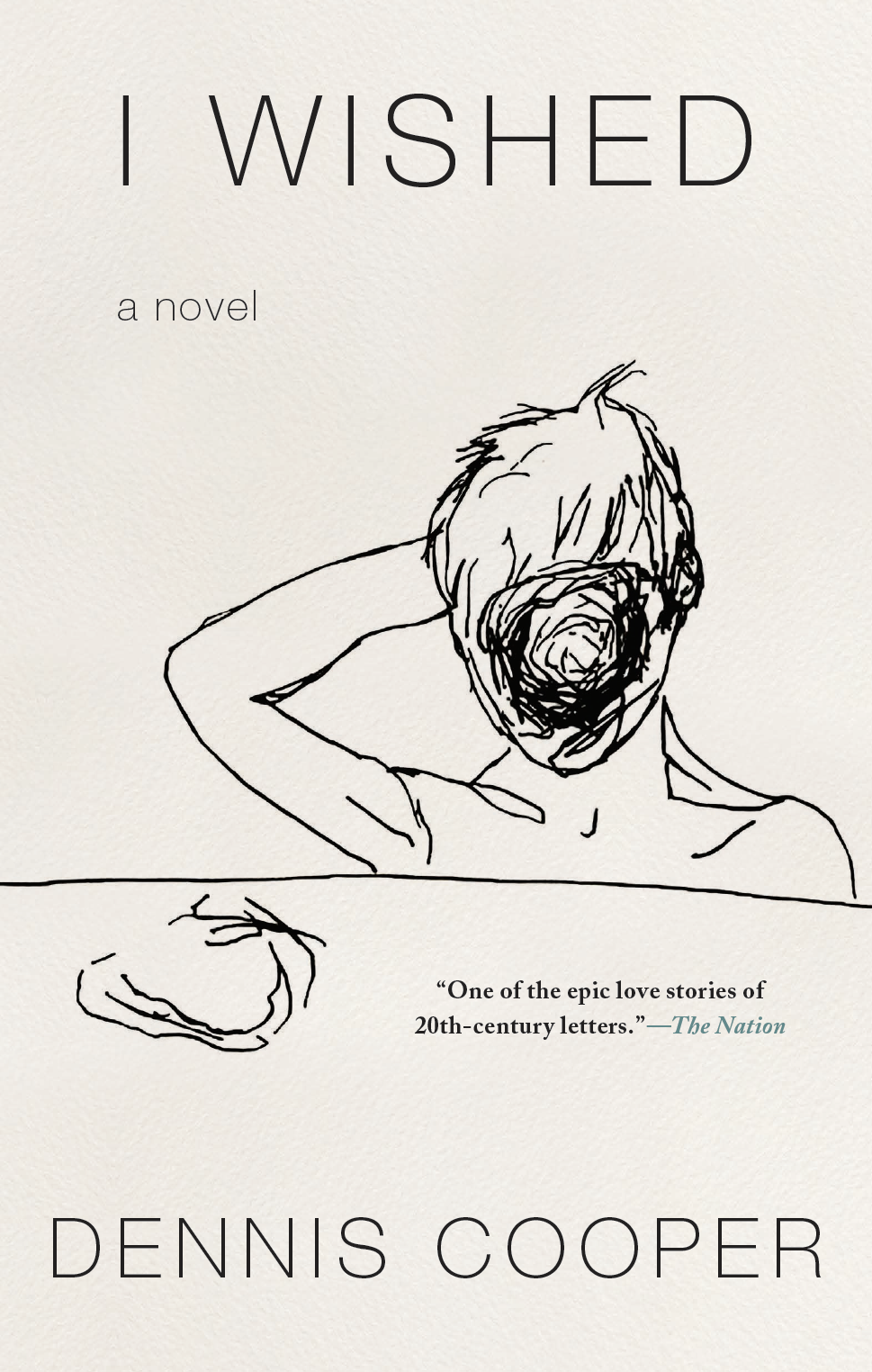
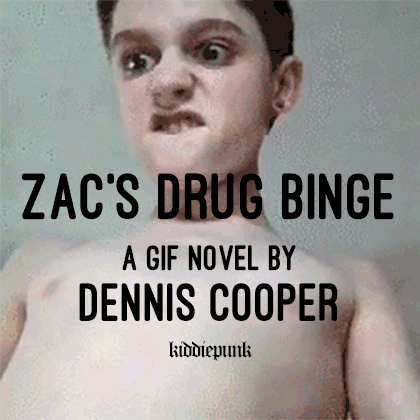
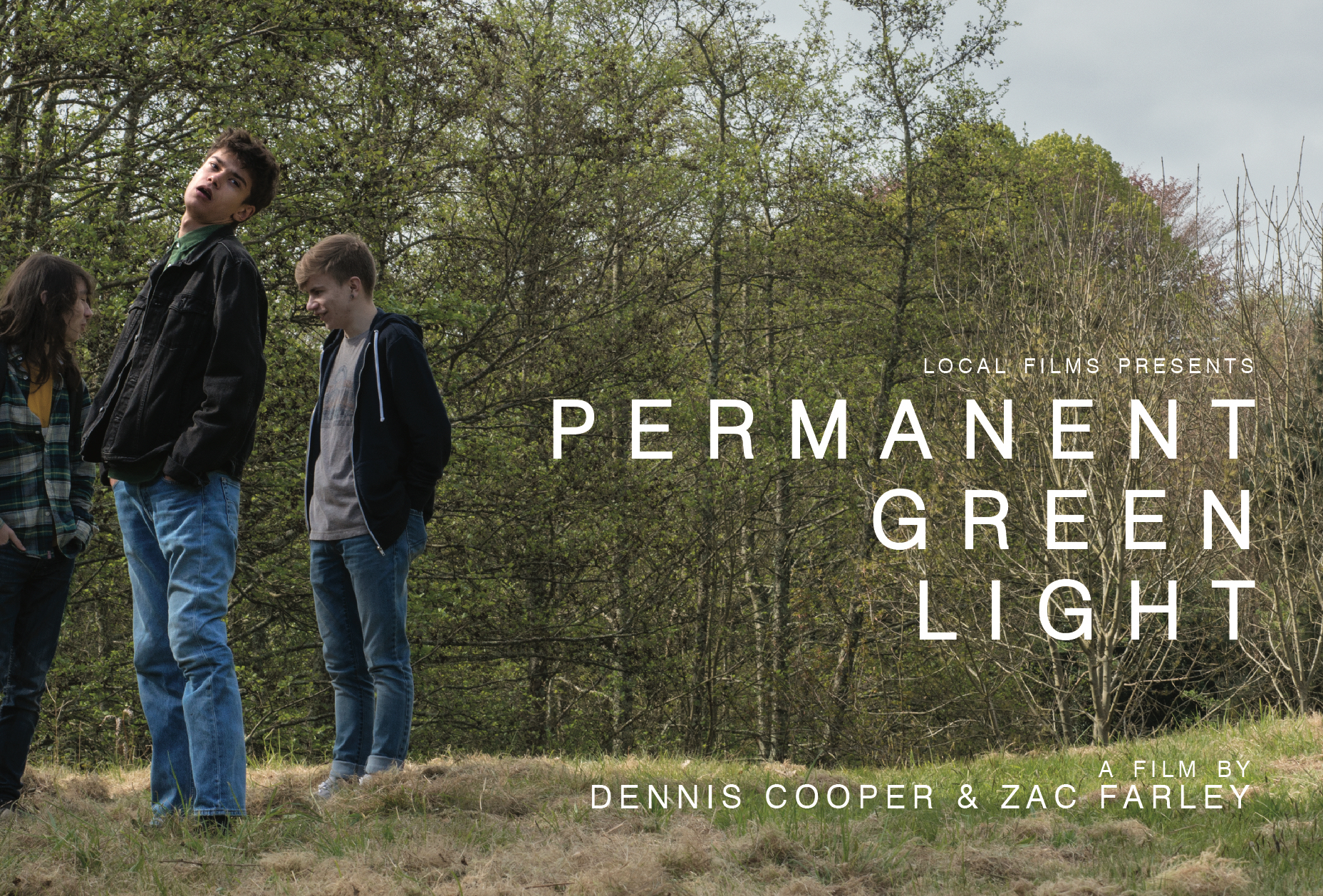 Now available in North America
Now available in North America 